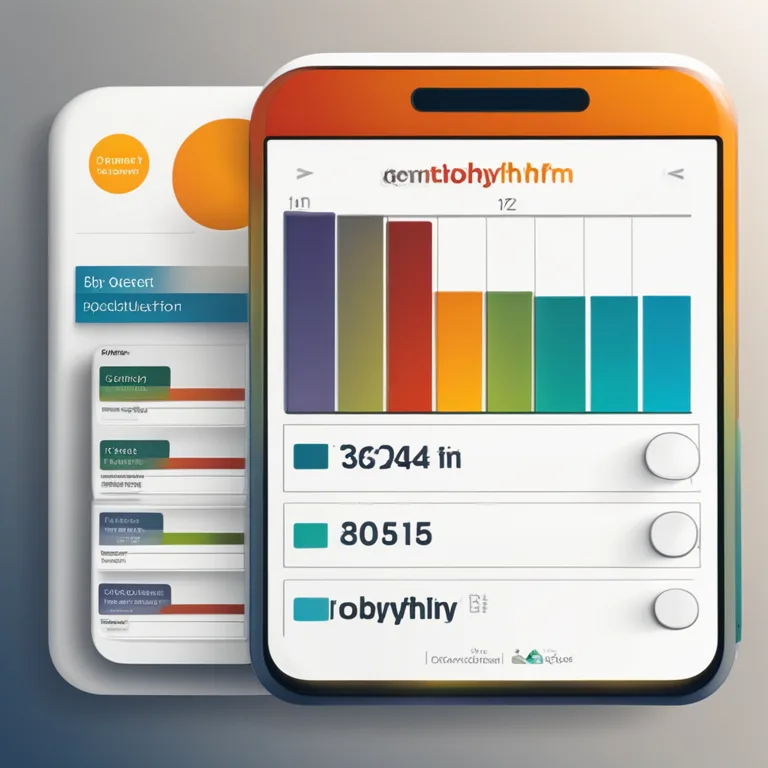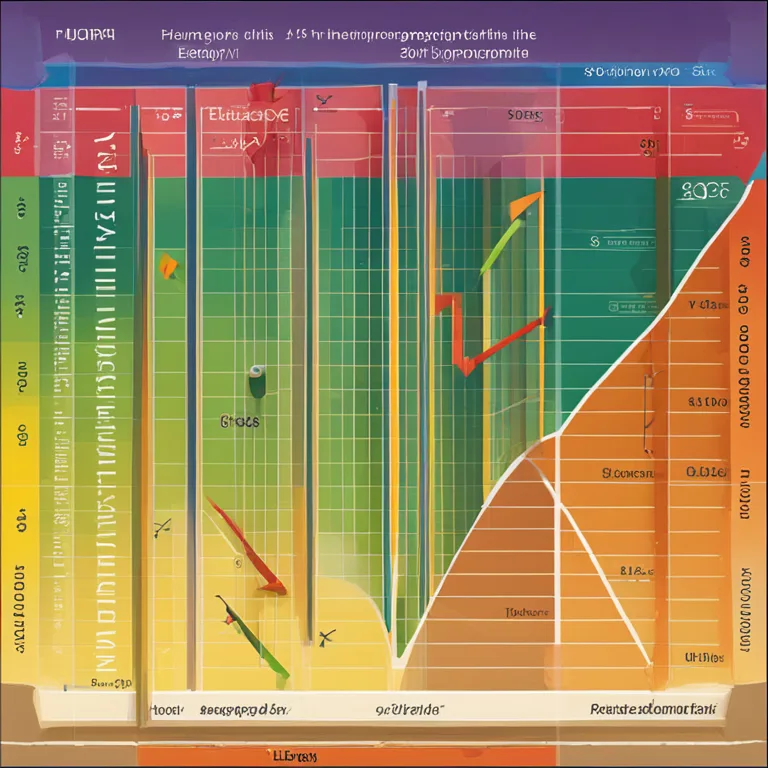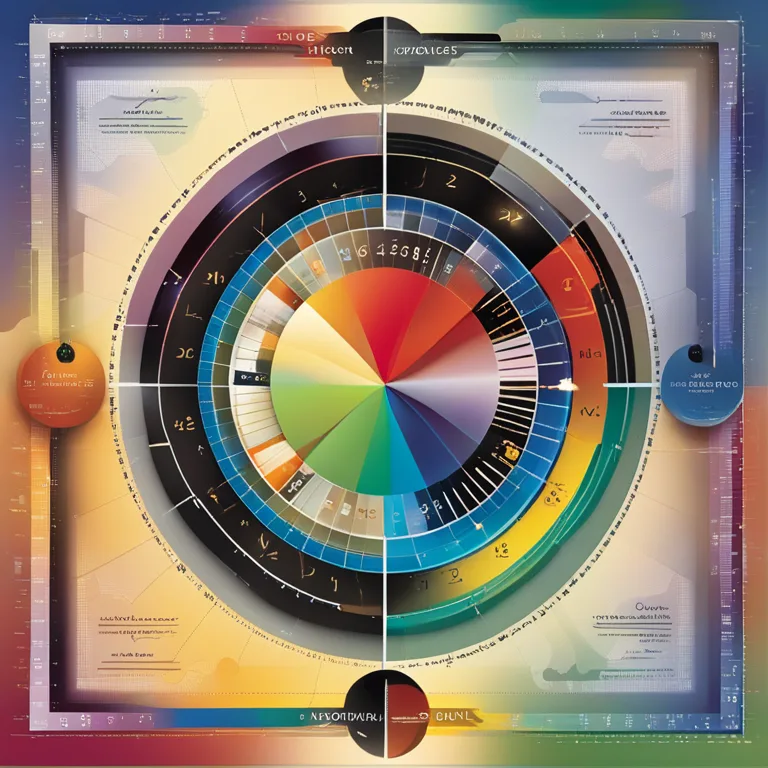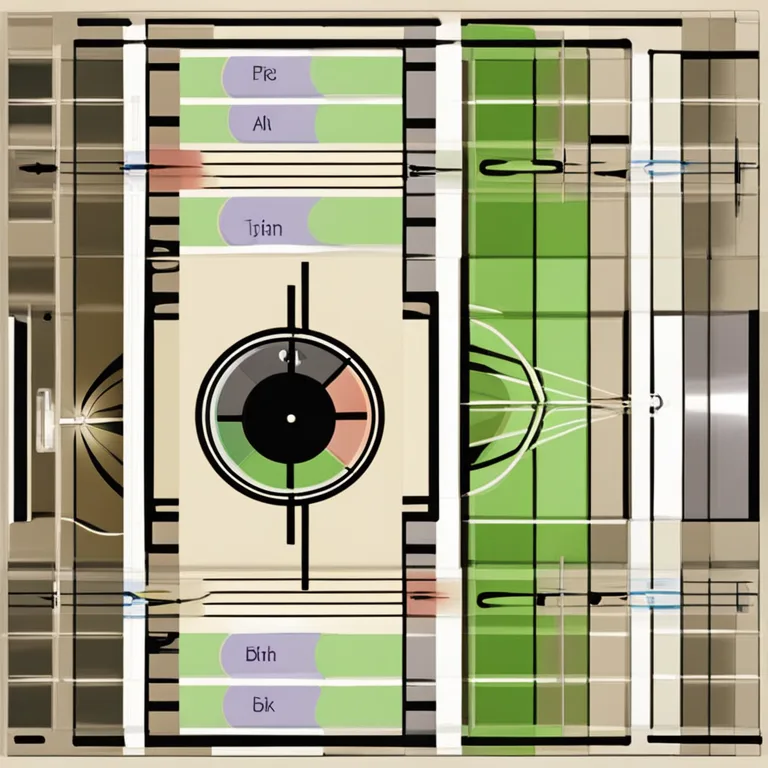
The Rhythms of Emotion: Tapping into Biorhythmic Cycles
Delve into the world of biorhythms to understand how our emotional cycle influences our moods, decisions, and interpersonal relationships.
article by Adrian Wallace
Biorhythms and Emotional Well-being
In a world where our lives are increasingly governed by technology and cold data analytics, biorhythm theory invites us into a realm where our biological clocks harmonize with the events of our everyday life. The concept of biorhythms dates back to the late 19th century but has since evolved to include modern aspects of physiological and psychological research. Particularly, the emotional biorhythm, which is a 28-day cycle, is said to influence our mood, creativity, and interpersonal relationships. Understanding this cycle can empower individuals to better anticipate periods of emotional highs and lows, fostering improved mental well-being.

Mapping the Emotional Cycle
According to biorhythm theory, from the moment of birth, we embark on an undulating journey of emotional ebb and flow. The emotional biorhythm cycle starts at the zero line, moving into a 'positive' phase, where we may feel more upbeat and socially active, before descending into the 'negative' phase, where moodiness or a tendency towards introspection might prevail. By tracking this cycle, one can anticipate challenging days or seize opportunities for social engagements or important conversations, aligning activities with our innate emotional rhythm.

The Science Behind Biorhythms
Although biorhythms have garnered a mix of skepticism and interest from the scientific community, a growing body of evidence suggests that our bodies operate on various physiological cycles, including circadian rhythms. Emotional biorhythms, while not as extensively studied as circadian rhythms, have found support in the way individuals experience mood variations. The influence of our internal clock on our emotional state is a fascinating field of study for psychologists and chronobiologists, especially as we move toward a future focused on personalized medicine and well-being.

Practical Applications in Daily Life
Awareness of one's emotional biorhythm can serve as a valuable tool in scheduling life's activities. For example, choosing to negotiate a contract or give a public speech during a high point in your cycle might result in better outcomes and lower stress levels. Conversely, acknowledging a low point could explain a temporary decrease in motivation or empathy, guiding you to seek support or postpone critical decisions. Personal biorhythm calculators, increasingly accessible through online platforms and apps, are now making it easier than ever to apply these principles to daily life.

Relationships and Emotional Biorhythms
Emotional biorhythms can also play a significant part in interpersonal dynamics. By understanding both your own and others' emotional cycles, you can foster better communication and minimize conflicts. This synchronization can be especially useful in romantic partnerships, where timing and emotional availability are crucial. It's also being leveraged in teamwork and managerial strategies to enhance collaboration and optimize project timelines.
Future Developments in Biorhythm Research
As we advance into 2024 and beyond, the continuous advancements in wearable technology and biofeedback devices promise to make the analysis of biorhythms more precise and user-friendly. This could pave the way for individually tailored wellness plans that integrate emotional biorhythm tracking, offering a holistic approach to mental health that aligns with our biological predispositions. Indeed, the future of emotional wellness may lie in harmonizing our actions with the natural rhythms of our body and mind.
Published: 12/28/2023
Modified: 12/28/2023
More predictions
Come back here soon to learn more about yourself and your future


The Practical Uses of Biorhythms in Our Lives
Discover how biorhythms can be applied to improve well-being and achieve a better understanding of personal cycles in health, decision-making, and relationships.


Biorhythm: The Significance of Compatibility
Discover the significance of biorhythm compatibility in relationships and how syncing life cycles can impact partnership dynamics.


The Mechanics of Biorhythms: A Comprehensive Guide
Discover how biorhythms influence your daily life with this detailed guide to the rhythms that govern our physical, emotional, and intellectual states.